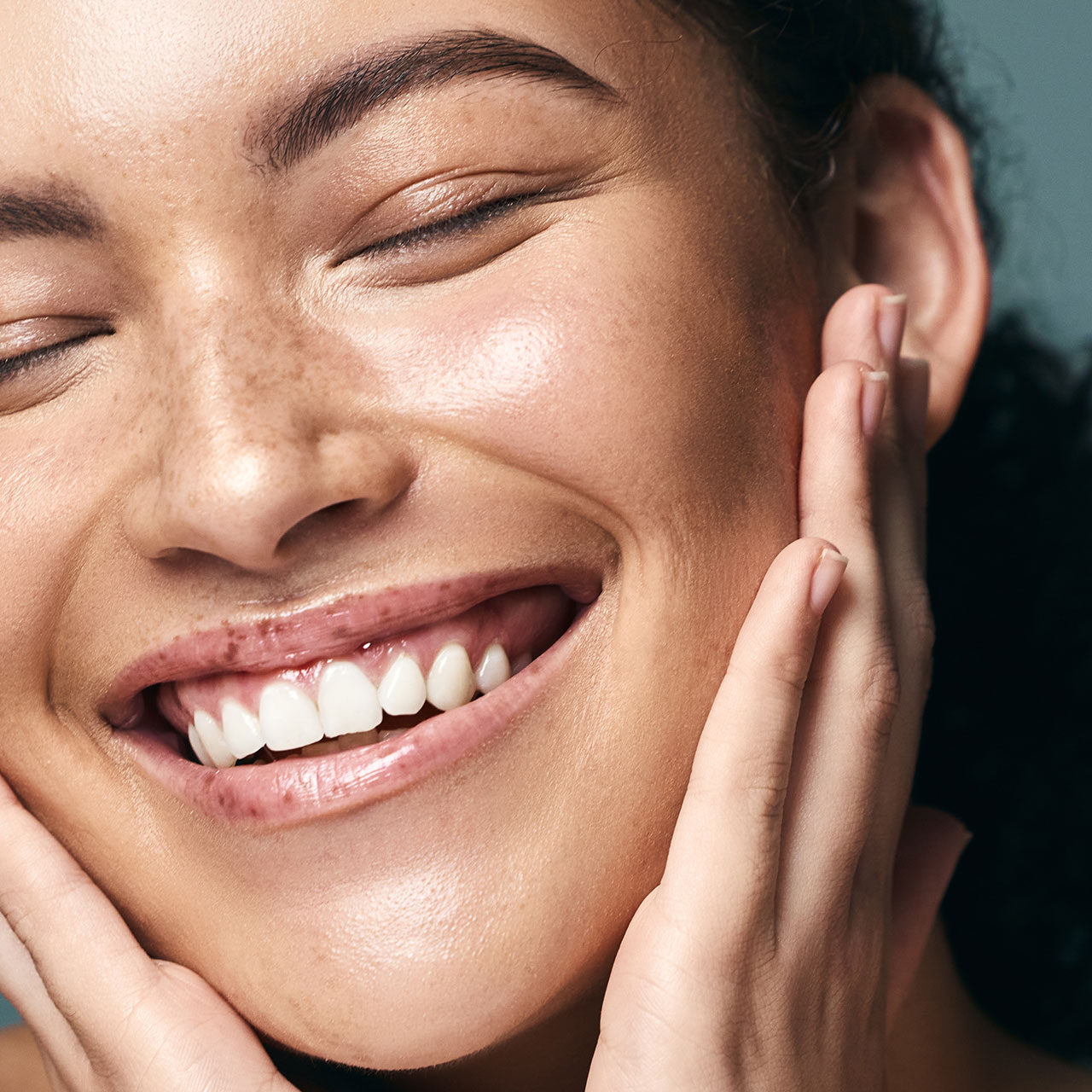This is an archived article and the information in the story may be outdated. Please check the time stamp on the story to see when it was updated last.
Regardless of your age, when a pimple pops up out of nowhere it can trigger that teenaged dread of wanting to hide it or eliminate the problem as quickly as possible before anyone can see. However, it’s still unclear exactly what the proper protocol is for treating a zit, and the overwhelming temptation to pick or pop it can take over without a second thought.
While this may not be the end of the world in some cases, it’s important to remember that your skin can scar easily, and approaching your pimple the wrong way can only increase your chances of doing lasting damage to your complexion. The next time an unexpected pimple appears on your face, there are a few things dermatologists warn not to do–and the best way to actually treat it.


There is a time and place for popping a pimple, but it’s important to do it in the right way in order to minimize chances of scarring. “Remember that studies have shown that acne can scar with or without popping pimples. Scarring is based more on how deep the inflammation associated with acne is--the deeper the inflammation and longer it lasts leads to a higher chance of scarring,” explains board certified dermatologist Erum Ilyas, MD, MBE, FAAD. That being said, prematurely popping your zit may ultimately make things worse, particularly if it’s not close enough to the surface of the skin or you cannot see the opening.
In order to prepare your pimple to be popped, Ilyas suggests using acne spot treatment to bring the zit to the surface. When it comes time to pop it, do not use your fingers, instead using two Q tips to apply pressure. “By using Q tips and not your hands or a device, then you are less likely to traumatize your skin in the process of extracting your acne. If your acne is close and hurts and really isn’t coming out, if you can see your dermatologist to have the spot poked or incised or injected it helps,” says Ilyas.

Following the popping of your pimple, it’s best to avoid overdoing the acne cream on the zit afterwards. “The problem is that most acne creams work by drying or exfoliating the skin. This is great before you pop a pimple to get it ready to pop. After you pop it, it’s technically no longer a pimple. It’s now a wound that needs to heal,” explains Ilyas. The best process for treatment following drainage is to gently clean the pimple with soap and water before blotting dry and finishing with an antibiotic ointment to promote healing without scarring. “By keeping it moist as it heals, the chances of discoloration and potential pitted scars is reduced,” Ilyas notes.
Avoiding popping pimples with your fingers will reduce the bacteria that you expose your skin to, limiting future inflammation and the possibility of infection. You ultimately want to do everything you can do to avoid creating scarring in that area, so gently cleaning the wound after popping and keeping it moisturized will allow the pimple to heal without fear of infecting the area. There’s never a good time for a zit to pop up out of the blue, but keeping acne spot treatment and Q tips on hand can make the process of eliminating the pimple that much easier. Taking care to keep the area sanitized, you won’t have to worry about a permanent reminder in the form of scarring on your skin, thus achieving the clear complexion we’re all ultimately working towards.


























